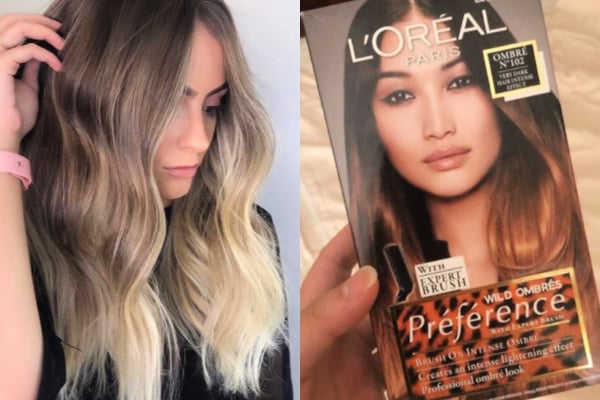
Raise your hand if your roots are looking a little darker after several weeks in isolation. Same.
While some are turning to box dyes or root touch up sprays to cover regrowth and greys at home, or dyeing their hair various shades of pink, others are thinking about trying something different and giving an ombre style a go.
Ombre hair is a style that features darker roots that gradually fade into lighter ends. You might remember some ‘ombre hair’ from the mid 2000s that looked more like it’d been dipped in bleach, but what we’re talking about today is a more subtle approach to the ombre finish.
In any other time, you’d leave this kind of hair colouring to a professional, but if you’re game to give it a try at home, here’s exactly how.
WATCH: Take a moment to think of the blondes in isolation. Here’s some things only blondes know to be true. Post continues after video.
What is ombre hair and how is it different to balayage?
The difference between these two commonly used hair terms is: ombre is a hair style and balayage is a hair colouring technique.
The balayage technique involves free-painting the hair rather than using foils. The result is more natural, which is why using a balayage technique to lighten your ends for a subtle ombre look is a good at-home approach.
